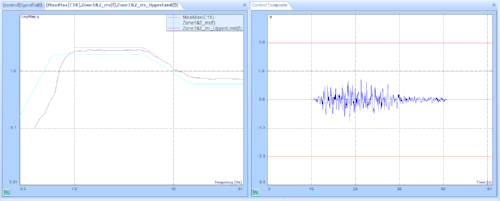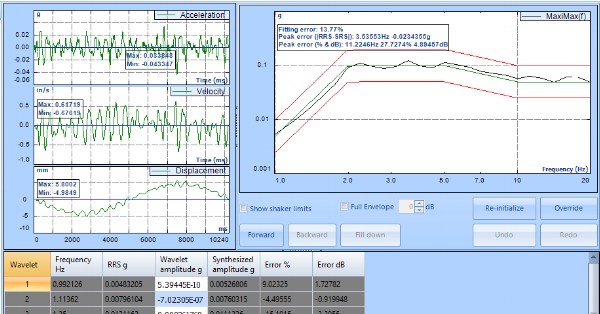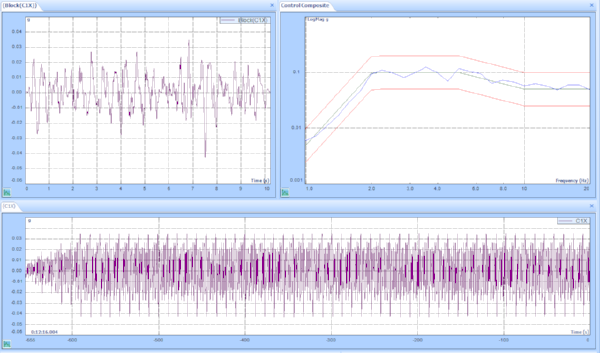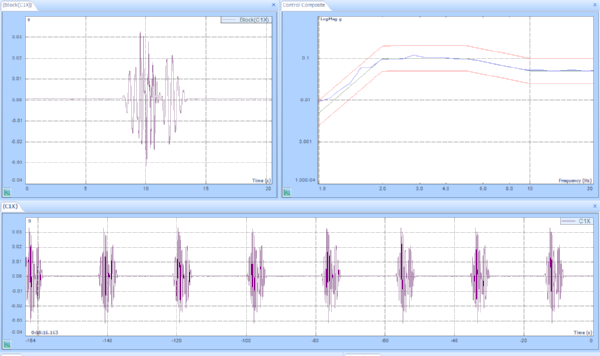Vibration Tests for Seismic Qualification
Download PDF | Tim Hsiao - Senior Product Manager | © Copyright Crystal Instruments 2018, All Rights Reserved.
Earthquakes are one of the most destructive forces of nature with the potential to cause devastating life and property losses. In addition to buildings and structures, equipment damaged by earthquakes may directly or indirectly generate hazards for people or the environment. For the safety of employees and the public, equipment designed to perform safety measures (e.g. shut down a reactor) or to function under certain levels of earthquakes for specified periods of time should pass a seismic qualification or a verification of earthquake resistance.
To simulate equipment in a structure subject to earthquakes, vibration tests for seismic qualification utilizes different types of motion to effectively simulate the postulated seismic environment. Single frequency and multiple frequency are the two categories of motion that these types of motion fall into. Each category includes multiple waveform types for different cases.
Single-frequency testing simulates the floor motion vibrating at the predominant frequency. It includes the following waveforms of motion, which can all be simulated by EDM VCS.
Continuous sine test: dwell sine control
Sine-beat test: TTH (transient time history) control
Decaying-sine test: TTH control
Sine-sweep test: swept sine control
Seismic ground motion is broadband vibration. When it is not filtered by a building or the ground, the resulting floor motion that affects equipment tends to maintain broadband characteristics. Multi-frequency testing uses complex waveforms to simulate broadband floor motion to test equipment under such conditions.
In EDM software, the following waveforms are available to use as test motions to simulate a particular seismic excitation at the mounting of equipment. Some test types will be better than others for simulating a specific type of equipment excitation.
Time history test: TTH control, TWR (time waveform replication) control
Random motion test: Earthquake testing control
Complex motion tests:
Combination of multiple sinusoids: SRS (Shock Response Spectrum) control, Earthquake testing control
Combination of multiple sine beats: SRS control, Earthquake testing control
Combination of decaying sinusoids: SRS control, Earthquake testing control
Crystal Instruments’ vibration controller systems offer a variety of capabilities to meet your needs for seismic qualification testing and earthquake simulation.






